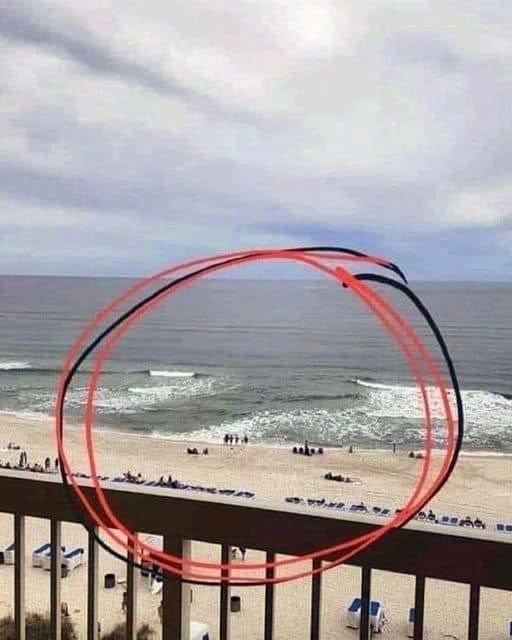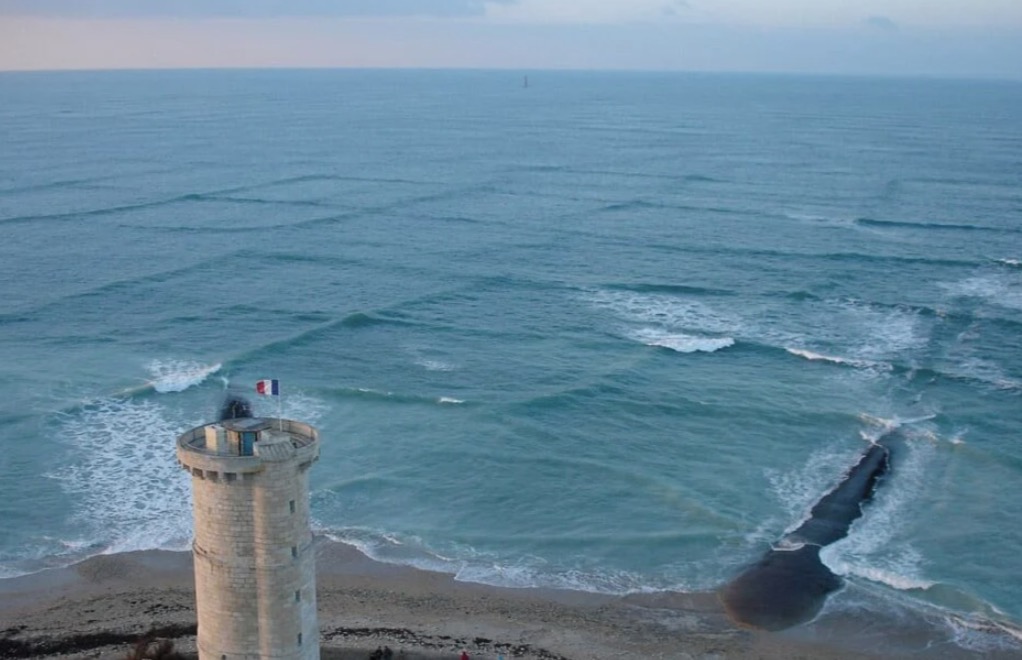If You See Square Waves Forming In The Ocean, Get Out Of The Water Immediately

A visit to the beach is a cherished holiday for many, offering the appeal of sun-soaked sands and the calming rhythm of ocean waves. However, safety must always come first when enjoying coastal environments. While most are familiar with rip currents and changing tides, fewer may be aware of the potential dangers associated with square waves.
Square waves, also known as “cross seas,” occur when two wave systems intersect at perpendicular angles, creating a grid-like pattern resembling a checkerboard on the ocean’s surface. This phenomenon arises when two different wave systems—such as wind-driven waves (windsea) and swells originating from distant storms (swell)—coexist. Square waves are relatively rare but can occur near coastlines under specific conditions.
These unique wave patterns can pose significant hazards to both swimmers and boats. They have the potential to generate waves as high as 10 feet and disrupt wind patterns, complicating navigation for vessels. While encountering square waves directly while swimming is uncommon, understanding their characteristics is essential.

If you happen to find yourself in the water amidst square waves, you may notice larger swells and the challenge of swimming against two distinct currents. To minimize risks, it’s advisable to avoid venturing too far from the shore, particularly during adverse weather conditions. Should wave heights increase suddenly or conditions deteriorate, exiting the water promptly is the safest course of action.
Square waves are typically more pronounced and hazardous farther from the shoreline, making shallower waters a safer option for beachgoers. If you’re at the beach during conditions conducive to square waves, it’s prudent to remain on the shore or limit your water activities to shallow areas until conditions improve.
ALSO READ
Ultimately, prioritizing safety ensures a enjoyable beach experience for all. Please share this information with your loved ones to raise awareness and promote safe practices when visiting coastal areas. Understanding and respecting the ocean’s dynamics is key to enjoying its beauty responsibly.